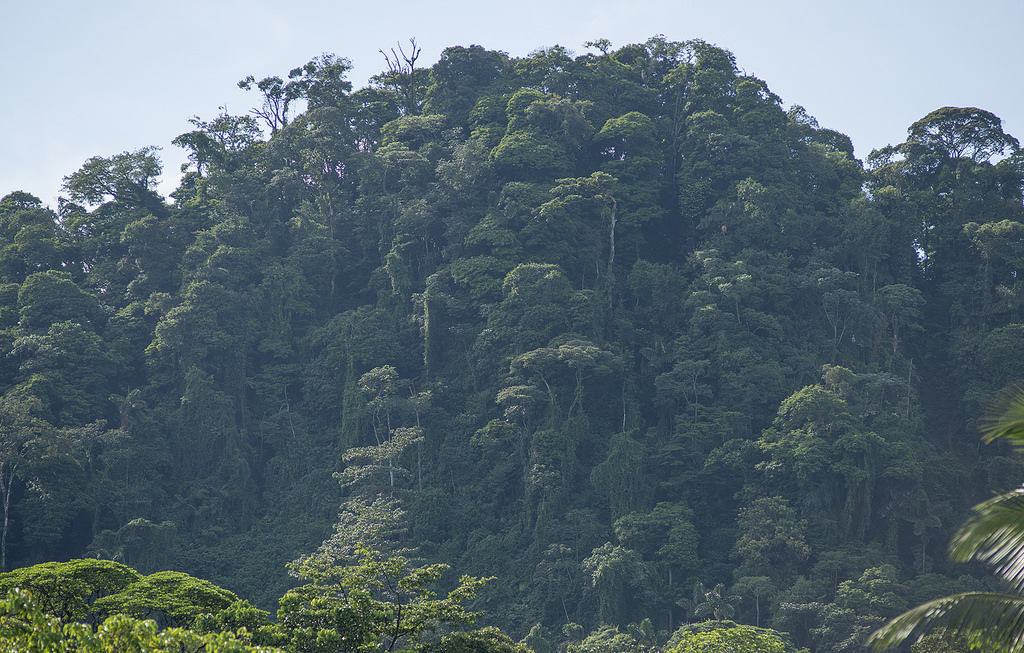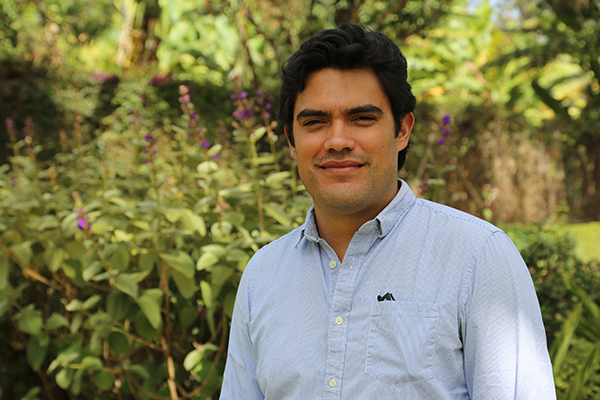It is estimated that forests and agriculture can deliver more than 30 percent of climate change mitigation potential. However, they currently receive less than 3 percent of public climate finance. Considering that one of the three main objectives of the Paris Agreement was to make financing consistent with overall mitigation and adaptation goals, national development banks have a major role to play in supporting countries in their climate mitigation and adaptation efforts.
National development banks can help facilitate mitigation efforts by leveraging investments in low-carbon activities, including activities along the forestry and land-use supply chains. Estimates show that national development banks currently account for 48 percent of climate resource mobilization in the Latin American region. In this context, national development banks have become key actors by promoting and channeling climate finance, facilitating sustainable economic development and supporting countries in meeting their climate commitments.
With a goal to contributing to the discussion on the development and financing of sustainable agriculture and forestry in Latin America and the Caribbean, the UN-REDD Programme has been organizing a series of virtual exchanges between different national development banks in the region throughout the year. These exchanges promote the sharing of knowledge and experiences on the development and management of financial instruments. The following banks have participated in the exchanges: FINAGRO from Colombia, Sistema Banca de Desarrollo (SBD) from Costa Rica, Corporación Financiera Nacional from Ecuador, Banco Hipotecario from El Salvador, FIRA (Fideicomisos Instituidos en Relación con la Agricultura) from Mexico and Bancoldex from Colombia.
Throughout the sessions, participants had the opportunity to meet with peers and selected experts to explore good practices and to share experiences, ideas and knowledge on a wide range of issues related to financing sustainable land use. In the first webinar in August, Corporación Financiera Nacional shared its experience in financing agroforestry systems in Ecuador. It was noted that agricultural producers need to know about the forestry business to make agroforestry attractive. In the second webinar, Bancoldex presented their experience with micro-finance and how they have leveraged that experience and applied it to the primary sector in Colombia. From the third session, FIRA Mexico shared its methodology and taxonomy to determine which of its financial operations can be considered sustainable. In the fourth session, the experience of FINAGRO designing a programme for financing sustainable livestock activities alongside forest conservation was presented. This session highlighted the need to have robust tools to model the potential performance of different productive systems to ensure they are viable.
Latin America’s national development banks have an increasingly important role to play in sustainable forestry and agricultural financing. In their vision and objectives for the coming years, many of the participating national development banks shared their aspirations to become the driving force behind sustainable financing schemes associated with green businesses. There is also a growing recognition of the contribution that the development of these sectors can bring to the climate change mitigation efforts of the countries in the region, as well as to helping achieve the Sustainable Development Goals.


